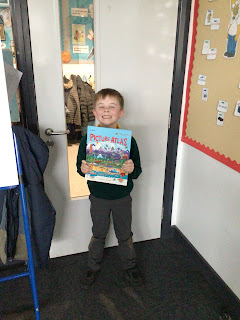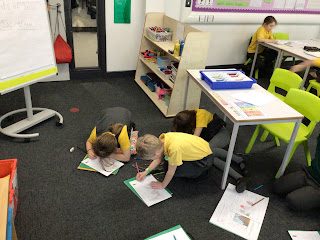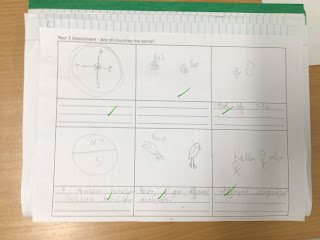What are the positives and negatives of living near a volcano?

This week, the children discussed their own experiences when visiting various countries or islands, some children have visited Tenerife, New Zealand, Minorca and they were all surprised to know these places were formed because of volcanic activity. From our discussions, children realised that a positive reason to live near a volcano is from all the tourism and the money it brings to the area. Furthermore, once the lava cools it breaks down into soil which is rich in minerals resulting in plants, flowers and crops growing well in that area. We also looked at Iceland and how this country uses the heat from under the ground to make Geothermal energy. One child brought in their atlas to share with the class and Mrs Gregory it was so interesting. Fantastic work today year three.




